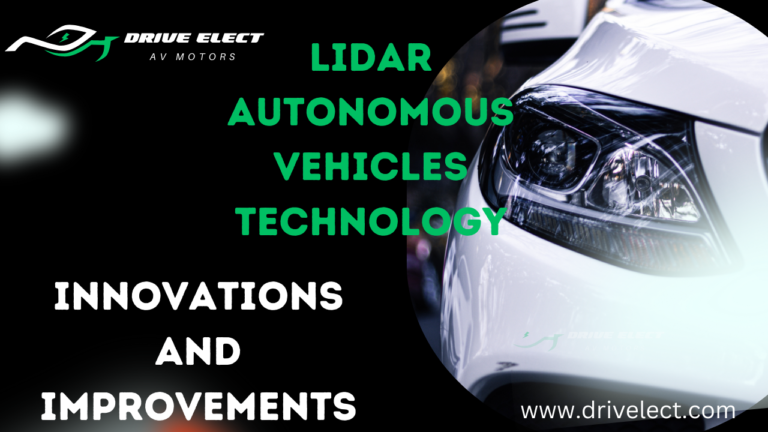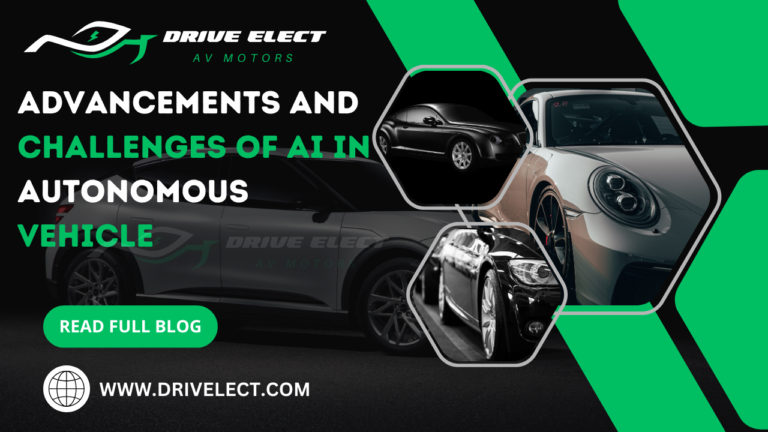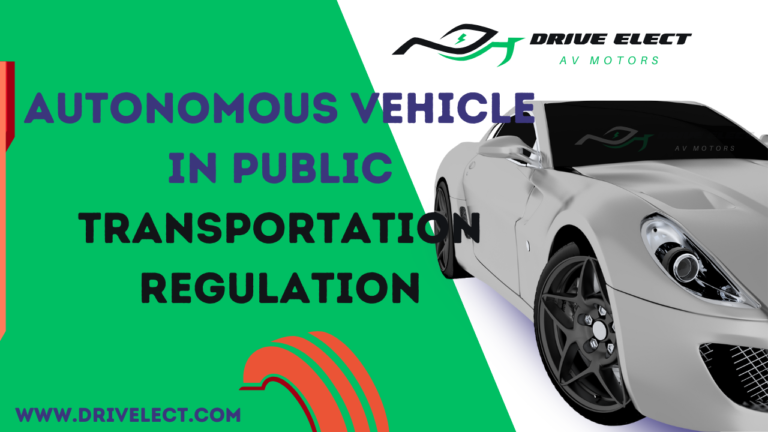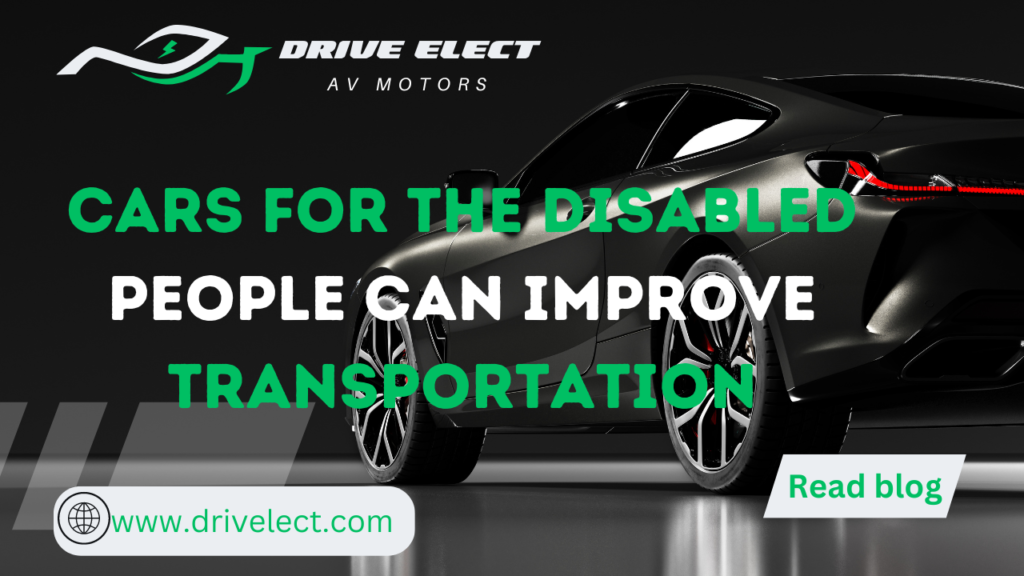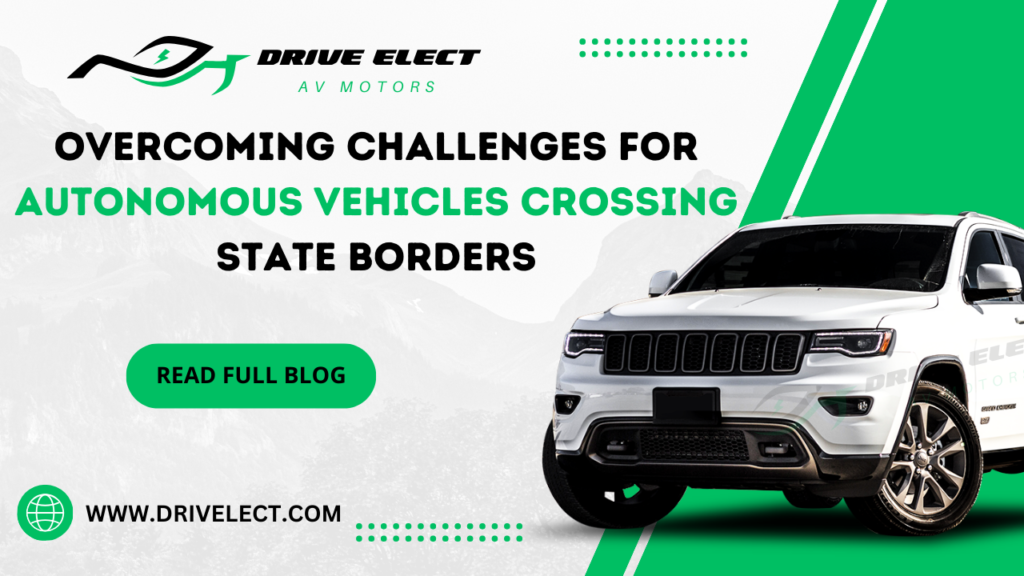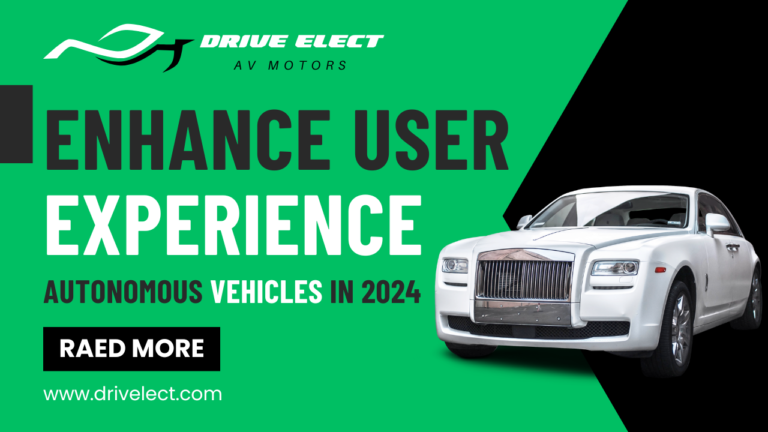What is autonomous vehicle interface for human- machine interaction?
In autonomous vehicle interface for human- machine interaction this research delves into integrating Human-Computer Interaction (HCI) techniques in the automotive sector, aiming to enhance driver safety when using cell phones and electronic devices. The primary focus is designing intuitive interfaces for human interaction in autonomous vehicles, which undergoes a three-phase conceptual process.
In the initial ‘Analysis’ phase, the emphasis is on information retrieval and structuring. A pivotal tool employed here is the PACT analysis, aiding in understanding the intricacies of the interaction between the driver and the UI. This phase lays the foundation for subsequent design decisions.
Moving on to the ‘Design’ phase, the paper details the concrete implementation of the autonomous vehicle interface based on insights gained during the Analysis. Elements of the interface are explained, with accompanying visuals for clarity. This phase serves as a bridge between conceptualization and application, ensuring that the proposed UI is theoretically sound and practically feasible.
The final ‘Evaluation’ phase involves a usability test in a simulated driving scenario, utilizing a research prototype. This stage gauges the effectiveness of the designed interface, scrutinizing its user-friendliness and impact on driver safety. Through these three well-structured phases, the paper systematically progresses from conceptualization to implementation and evaluation, providing a comprehensive framework for integrating HCI principles into vehicle UI design for enhanced safety.
Table of Contents
ToggleDesigning autonomous vehicle interface for human- machine interaction
Introduction:
Several years ago, cell phones were a rarity, with only a few individuals using them. However, the landscape has dramatically changed, and today, even 10-year-old children constantly carry these devices. A Nokia survey found that 80% of Europeans keep cell phones in their pocket. Beyond just phones, people also have smartphones equipped with cameras, PDAs, and electronic pads. The pervasive use of these electronic devices in modern life is on the rise.
While electronic devices offer convenience, they also pose potential dangers, particularly when used irresponsibly, such as while driving. The paper highlights the significant distraction caused by cell phone use while going, especially when drivers need to manipulate the device or engage in activities like texting manually. Numerous accidents and fatalities have been attributed to the use of mobile phones while driving or even walking.
Recognizing the challenge that individuals may want to avoid forgo the functionalities offered by electronic devices, the paper proposes integrating the control of these devices into vehicle controls to mitigate distraction and enhance safety autonomous vehicle interface. The authors argue that a driving assistance system, combined with Human-Computer Interaction (HCI) techniques, can help drivers manage electronic device functions more safely while driving.
The proposed interactive design framework focuses on minimizing distraction through a vehicle-integrated UI, allowing drivers to control essential cell phone functions. The authors advocate for a seamless connection between the cell phone and vehicle controls, assuming that this connection occurs automatically when the driver enters the vehicle.
To achieve their framework design goal, the authors outline three crucial steps: Analysis, design, and evaluation autonomous vehicle interface. The analysis phase involves investigating current technologies and understanding user requirements through questionnaires, leading to presenting the PACT framework findings. Overall, the paper seeks to address the growing challenge of electronic device usage in vehicles through a thoughtful and user-centric HCI approach.
The Analysis of the Pact:
A system’s user interface (UI) was designed based on what users needed. To do this, a thorough study was conducted to understand the existing features and what was missing. Identifying the users was crucial, so a PACT analysis was carried out, considering users’ needs, activities, contexts, and technology. This Analysis provided a clear picture of the users, what they do, and the technology they use. The requirements for the UI were determined by considering user needs, and a detailed analysis in autonomous vehicle interface.
Requirements:
In our design, we need to consider three types of technologies that users will interact with while driving: commands on the steering wheel, voice recognition with a text-to-speech system, and information displayed on both the monitor screen and the windscreen. Table 1 outlines the specific functionalities that users should be able to control through the car’s built-in interface. Alongside this, two critical estimates are provided.
Firstly, the usage frequency estimation guides us in determining which functions should be easily accessible on the final interface based on how often they will likely be used. Secondly, the Analysis indicates which controls the driver can manipulate for each functionality, considering logical reasons and potential distractions. Importantly, all these functions must also be controllable by a co-driver.
The table uses symbols such as crosses and dashes to denote the feasibility of control. A cross signifies that control is possible, while a dash indicates it’s not feasible. A blue cross represents a new function not available in the market, while a green-colored symbol indicates an existing control function. Low, medium, and high-frequency levels are assigned to functions, with high-level functions requiring rapid access through the user interface.
In essence, this approach ensures that the design of the car’s interface considers the practical aspects of control, considering both the frequency of use and the logical and distraction-related constraints for the driver. The goal is to create an intuitive, efficient, and safe interface for users, allowing them to quickly and safely manage various functions while driving.
Usability Factors:
Certainly! You’ve identified and narrowed the critical usability factors from a more extensive set. Let’s break down and simplify the understanding of these factors:
Easy to Learning:
In this research, making it easy for users to learn and use the system quickly is a top priority. The idea is that users should be able to figure out how to perform tasks, whether using buttons or giving voice commands, without consulting a manual or constantly glancing at the interface.
The emphasis is on ensuring that users can focus on the road rather than getting distracted by trying to understand the system.
To achieve this, the system is designed to assist users in carrying out tasks seamlessly. This means providing clear and intuitive ways for users to interact with the interface, making it straightforward for them to know what to do or say.
The goal is to minimize the cognitive effort required, allowing users to maintain their concentration on driving safely. Essentially, the system is engineered to be user-friendly and supportive, ensuring users can effortlessly navigate and control it, promoting a hassle-free and safe experience on the road.
Task efficiency:
For users who interact with the system regularly, we must pay close attention to their expectations and demands, as they may have distinct needs. Consider various situations frequent users might encounter carefully. Regardless of the scenario, the interface must consistently perform well and meet their needs efficiently.
Frequent users will likely engage with the system in various circumstances, and the interface should seamlessly adapt to each scenario. The emphasis here is on efficiency — ensuring the interface is quick, reliable, and effective in all situations. Whether responding to specific commands, displaying information, or facilitating various tasks, the system should consistently meet the high standards expected by frequent users.
The design aims to provide a smooth and efficient experience for those who regularly interact with the interface. This involves anticipating and addressing frequent users’ diverse situations, ensuring that the system consistently meets their expectations and remains a reliable and user-friendly tool in every interaction.
Fit to use:
The car’s design aims to enable users to accomplish their tasks seamlessly. However, it’s not feasible to incorporate all possible functions from various devices, partly because we might need to be made aware of all available devices, and secondly, attempting to include everything could be overly complex and risky for users.
To address this, we conducted a questionnaire to understand the tasks users prioritize. Based on this feedback, we focus on developing the most crucial tasks to ensure a safer and more user-friendly experience.
By concentrating on the essential tasks, we aim to streamline the interface and avoid overwhelming users with unnecessary complexity. Nevertheless, users may still want to use their devices to perform specific tasks.
Therefore, even if a specific task is not directly integrated into the car’s interface, users can still utilize their devices separately to achieve those goals. This approach ensures that users can access a range of tasks while keeping the in-car interface focused on the most significant and user-requested functionalities.
Subjective Satisfaction:
Subjective satisfaction matters because if users don’t like the system, they may choose not to use it, opting for their devices in autonomous vehicle interface. This is concerning because relying on personal devices while driving can be risky for the user and other drivers. Ensuring users genuinely enjoy and are satisfied with the system encourages its use, promoting safety on the road.
Positive user experiences contribute to user trust, reducing the likelihood of distractions and potential dangers associated with using external devices while driving. Ultimately, prioritizing user satisfaction enhances overall safety and usability.
Understandability:
Users must know what the system does, such as calling or sending a text message. Clear notifications are essential to keep users informed about the actions being taken. This ensures transparency and helps users stay in control, providing a straightforward and user-friendly experience. The system’s communication with the user should be direct, giving clear updates on the ongoing actions and allowing users to understand and trust the processes within the system.


